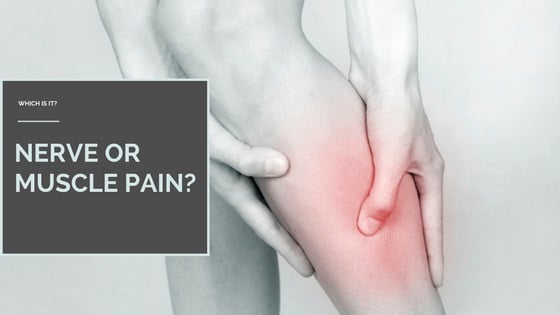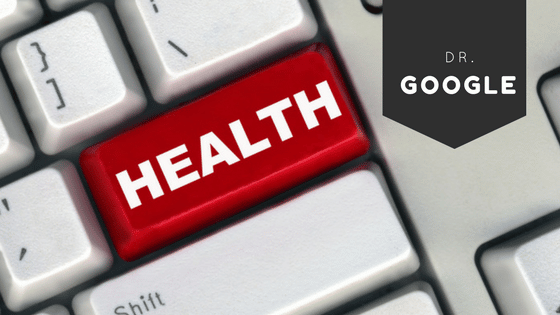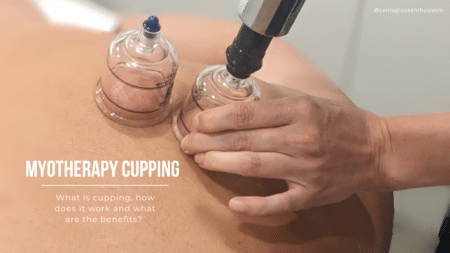Is your pain a Nerve or Muscle?

Have you ever had pain in your body and were confused about the cause or if it was related to muscles or nerves? There are some distinct features which can help you tell the difference.
Muscular pain tends to be achy and have a heavy feel. Depending on the severity, the pain can be described as more sharp. It can be local to one spot or spread through a number of areas in the body. Muscles can have trigger points, or knots which cause pain in specific spots, but may also have referral patterns. Referral patterns can seem like a separate issue however some muscles have strange referral patterns which could be causing pain in a totally different region of the body. If you are unsure if this is related, speak with your Myotherapist who is trained in identifying the referral patterns of muscles.
Neurological, or nerve pain also has distinct features. It can be described as sharp, shooting, pins and needles, tingling, numbness, hot or burning and also relates to cold extremities. Nerve roots can be effected by different reasons included neurological conditions, disease (such as diabetes or B12 deficiency) or brain injury. However the most common cause is impingement from muscles due to poor posture, hypertonic (tight) muscles and incorrect body mechanics. Nerve pain also has referral patterns, for example; poor posture may result in tight muscles throughout the neck region which then impinges the nerve root, resulting in numbness in the hand.
Unlike muscles, nerves do not have the capacity to stretch. However when impingement occurs somewhere along the nerve root, the muscles fibres can grow around the nerve in the compromised positon. This then prevents the nerve from sliding through the tissue as designed. Certain exercises are prescribed to promote the sliding of nerves through muscle tissue in order to break down the connection with muscle tissues.
Myotherapists are trained in the referral patterns for both muscles and nerves. They run specific tests to find out where along the chain the nerve is impinged. If you are experiencing any of the pain mentioned above, feel free to come and have a chat with our friendly Myotherapists!
By Claire Adamson
Myotherapist






